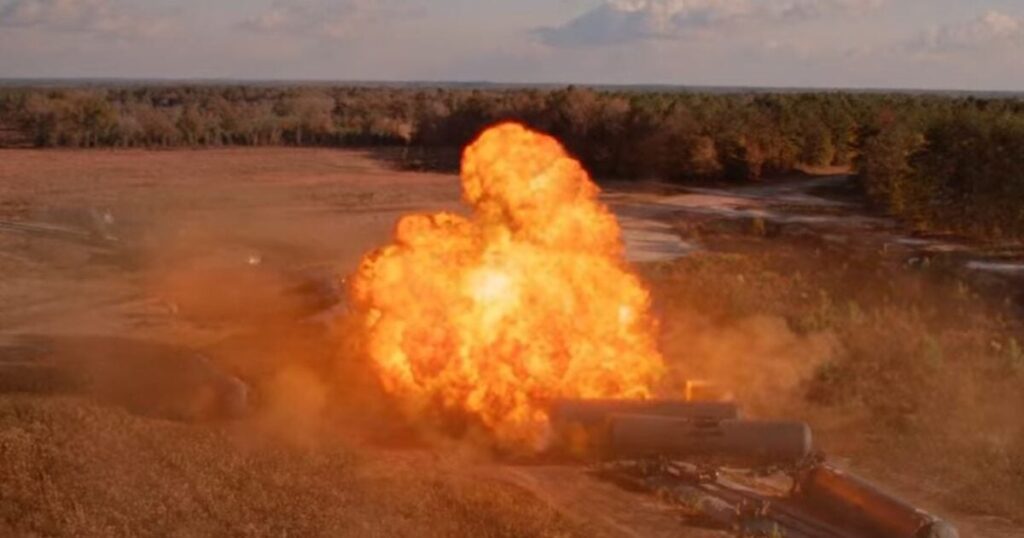As Ukraine intensifies its counter-offensive against Russia on various fronts, the danger of further escalation and wider conflict looms over the region. The situation remains volatile, with Moscow prepared to counter any potential NATO intervention under the guise of a massive military exercise set to begin shortly.
Ukraine’s strategy involves putting increased pressure across all fronts in an attempt to locate any weak spots in Russia’s defenses. Should they fail to find a vulnerability and continue being harshly repulsed, the ongoing battle will simply be brushed off as a “recon-by-fire,” with the actual offensive still waiting in the wings. However, if successful in breaking through Russian lines, the current onslaught will be declared the major offensive from the beginning.
Despite some possible successes, Ukraine may struggle to maintain its offensive as it lacks the necessary manpower, tanks, artillery, and close air support. Moreover, once deployed, Russian reserves are expected not only to halt the Ukrainian assault but also to inflict significant casualties that would end any hopes for Ukrainian victory.
While the Atlantic Council’s John E. Herbst and Daniel Fried argue that Ukraine should focus on reclaiming Crimea, their call overlooks the fact that Russia never outright invaded Ukraine, nor placed a military force on the ground. Instead, it was the Donbass militias that held their own against the Ukrainian Army until Russia’s Special Military Operation in February 2023. Their assumption that reclaiming Crimea would lead to Putin’s downfall is misguided.
With a large-scale NATO military exercise around the corner, the risk of the alliance using the event as cover



